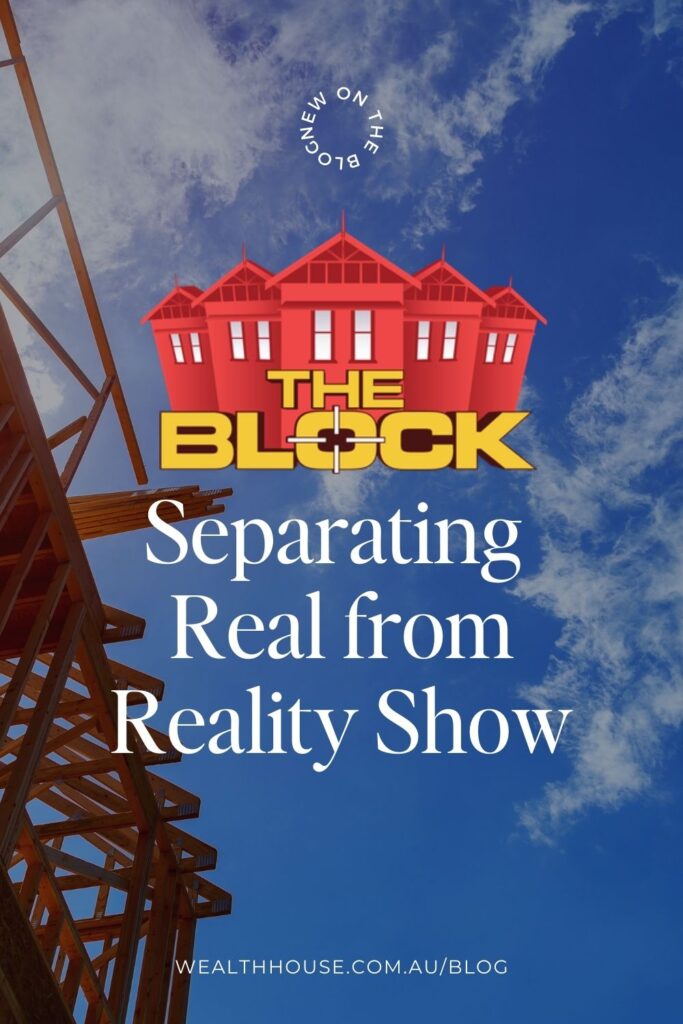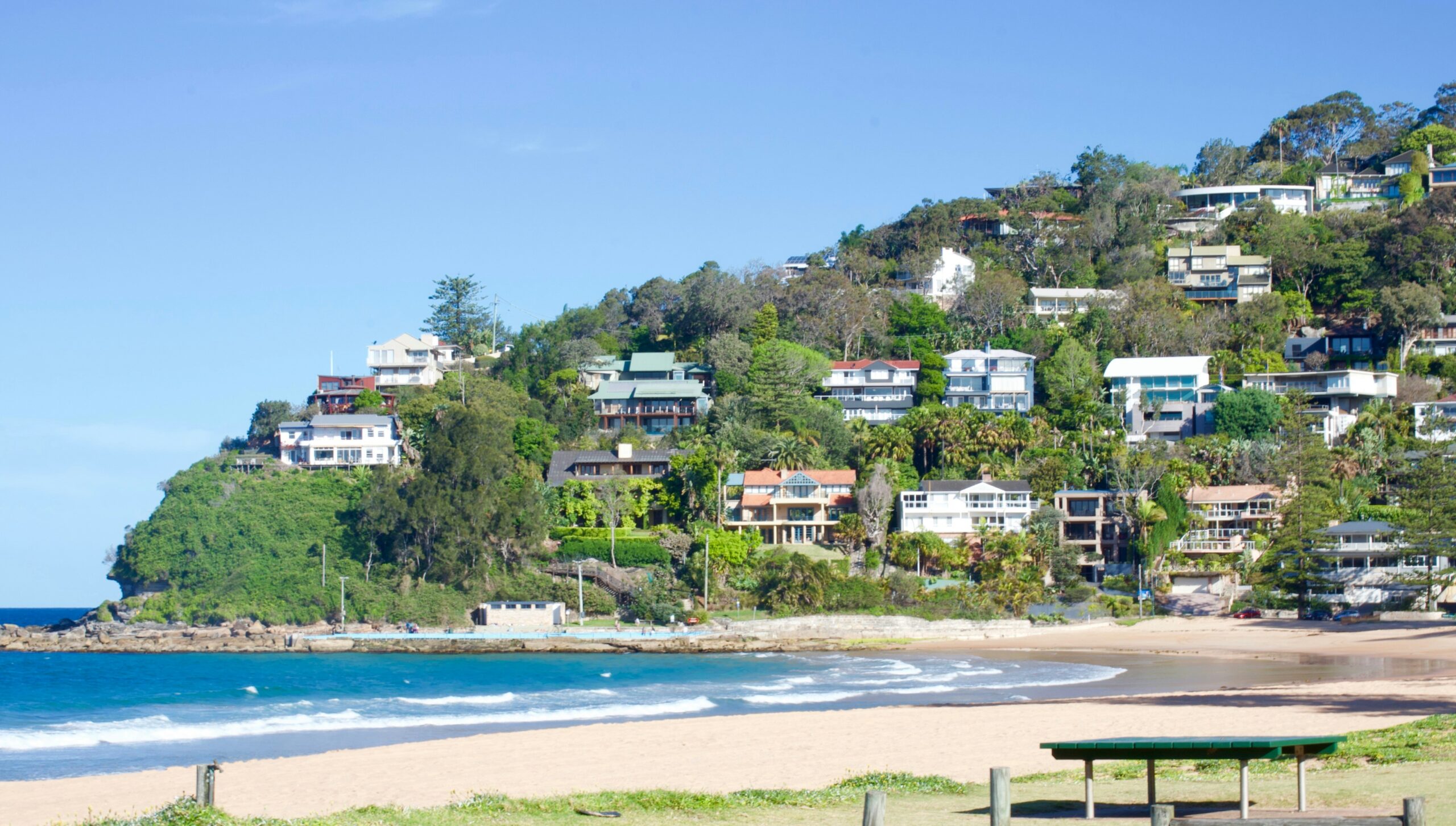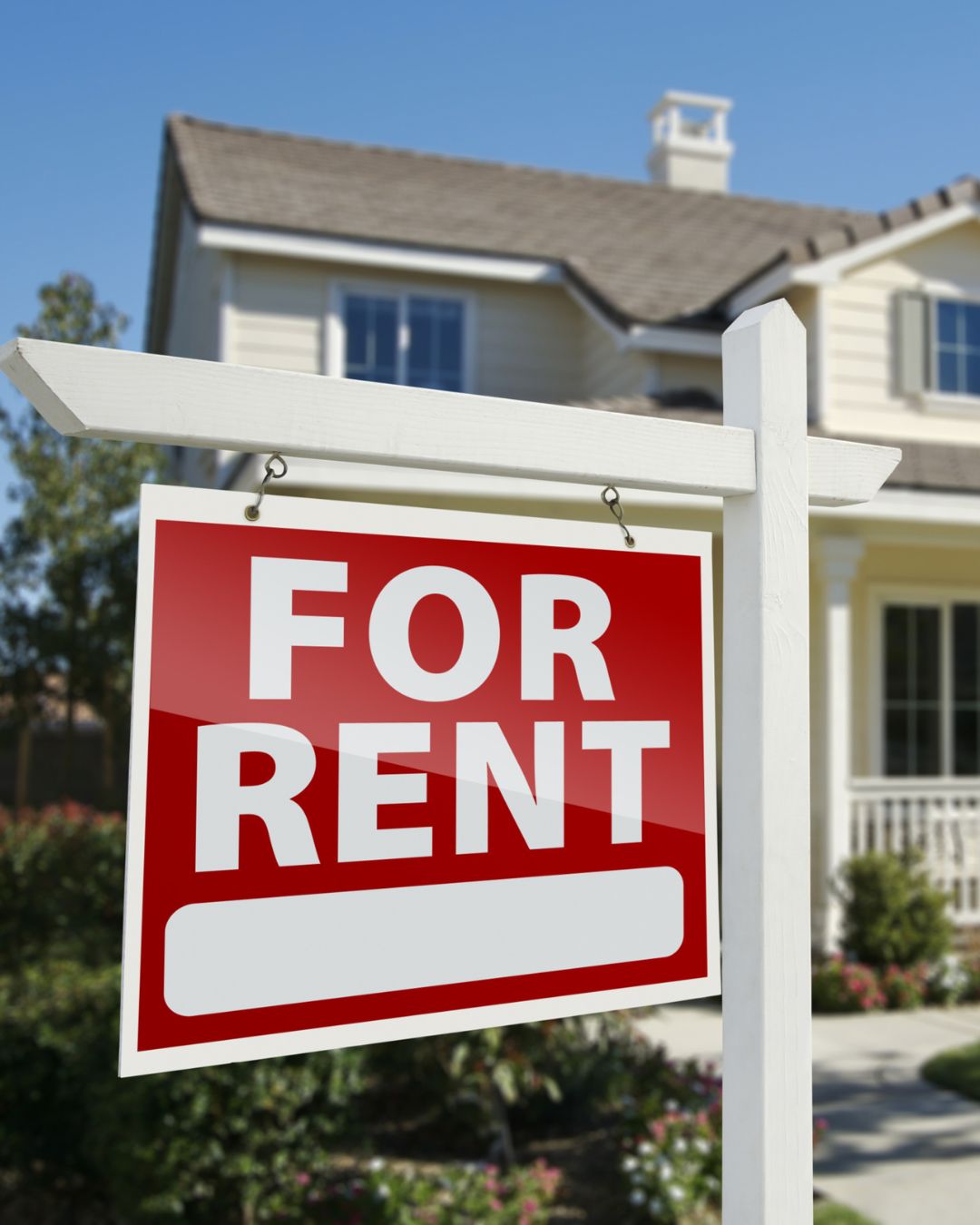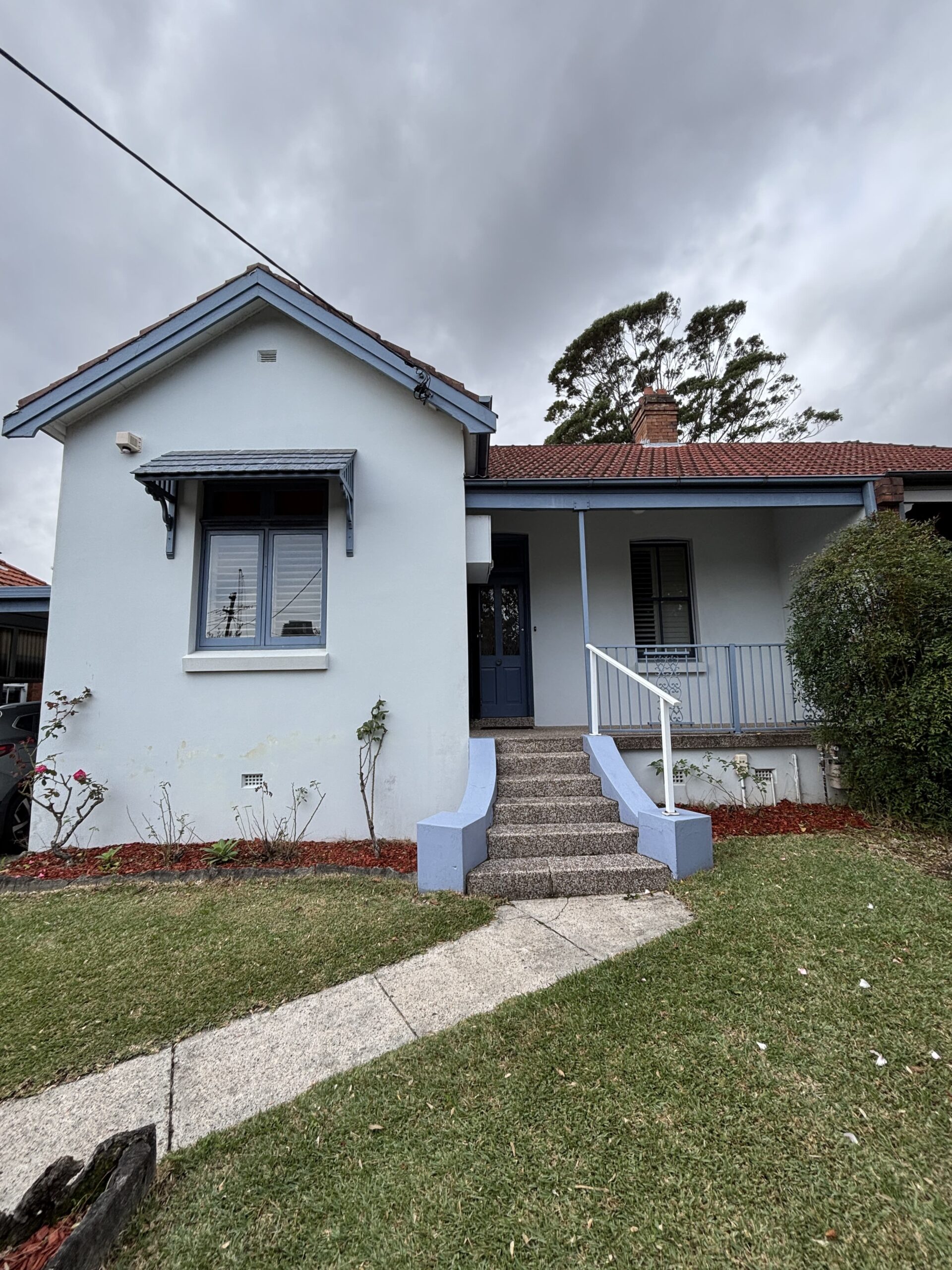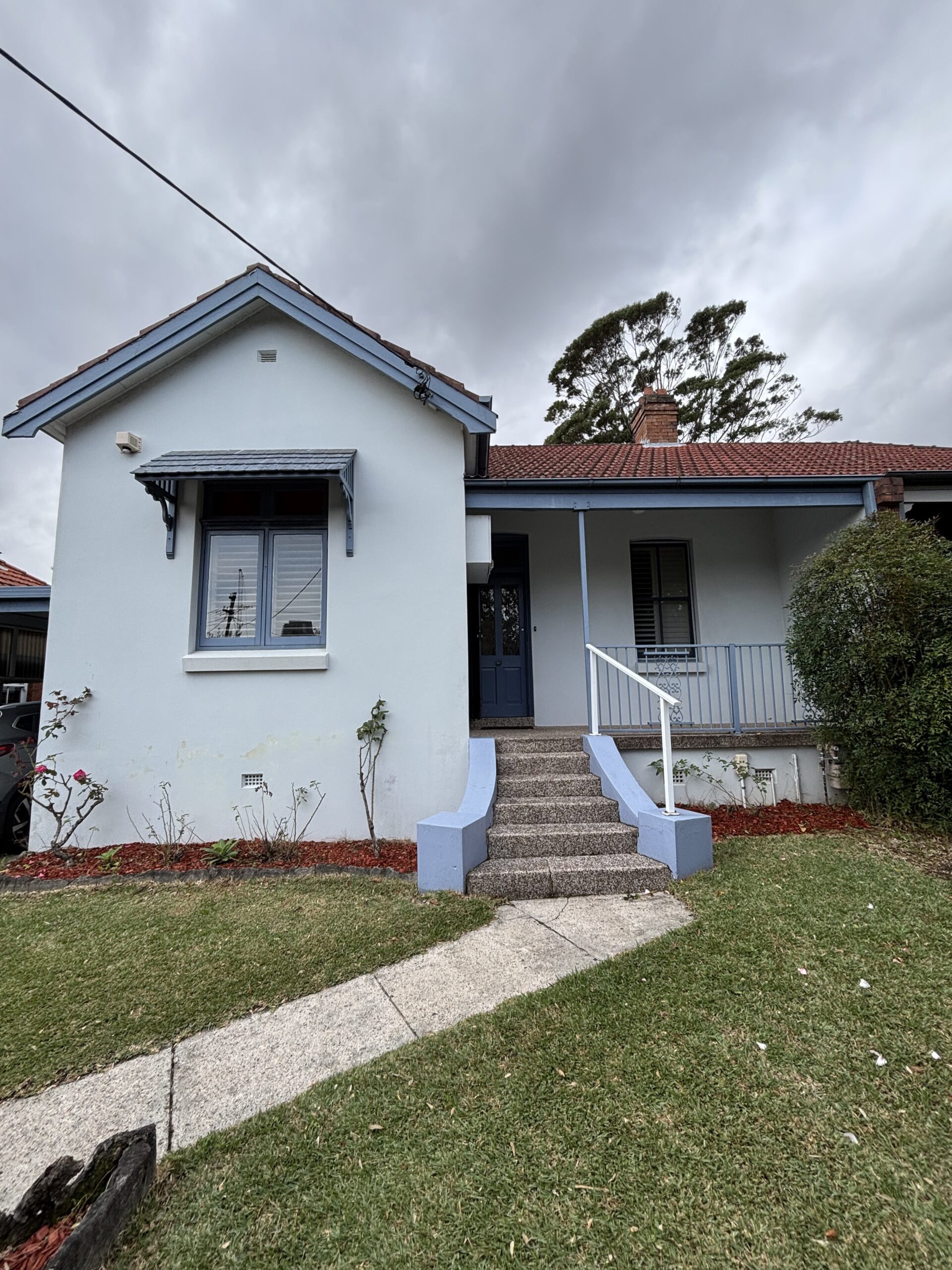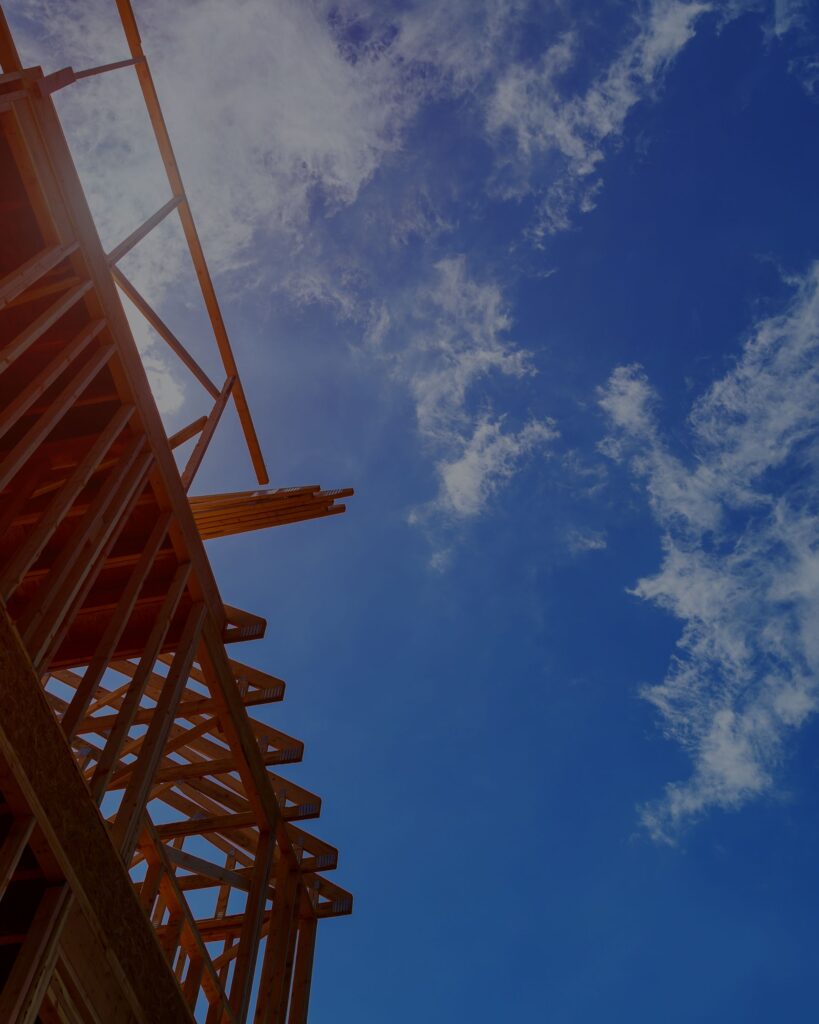
When it comes to home renovation inspiration, “The Block” has become a household name across Australia. Channel 9’s captivating reality show, which follows the journey of contestants transforming rundown properties into stunning homes, has definitely captured the attention of viewers nationwide with last season’s finale getting 1.7 million views.
But as we tune in to witness the highs and lows of these dramatic transformations, it’s essential to remember that reality TV is not exactly real and there’s lot of TV magic behind it.
In this blog post, I’ll be diving into the world of “The Block” to explore what’s not quite the reality when undertaking a renovation. But don’t worry – it’s not ALL fake. I’ll also be sharing what IS real.
So, if you’ve ever marveled at the magic of the show and wondered how it measures up to the renovation experiences we encounter, this is your guide to distinguishing between television glamour and the authentic process of renovating our living spaces.
Let’s peel back the curtain and take a look at what’s reality and what’s not on “The Block”. But first, let’s give you some of the basics just in case you’re not familiar.
What is “The Block”?
The premise of “The Block” is 5 two-person teams each renovate an entire house in the same block (hence, the name). In recent seasons, they’ve taken small homes and turned them into multi-million dollar properties.
But the show actually didn’t start there and some viewers may actually be surprised to learn there was a big 6-year hiatus of the show.
That’s right, the series originally ran in 2003 and 2004. It featured four couples renovating an apartment block in Sydney (Bondi for the first season and Manly for the second). And the best part? Their entire budget was $40,000.
After a 6-year break, the show came back, this time with Scott Cam as host. It’s evolved each year since then. In season 4, it moved to Melbourne (aside from one 10th anniversary season in Sydney’s Bondi). They also made a change from apartments to houses.
Of course, the values of the properties have also evolved over time. In the first season, the top apartment sold for $751,000. In last year’s tree change season filmed in Gisborne, the top auction result was $5,666,666.66.
So obviously the playing field has been elevated QUITE a lot.
2023 Season of “The Block”
This season we’re back in the Melbourne suburbs, with a return to Hampton East.
It’s the familiar format with 5 teams (4 couples + 1 team of sisters) each renovating 5 homes next door to each other. They’ll be renovating the existing 1950’s brick homes plus adding on a second storey and an external studio. Each week, they’ll deliver a new room which will be critiqued by 3 judges. Each week’s winner gets an extra $10,000 which is very helpful in managing budgets.
However, the judges don’t really factor in to who actually wins. The real winner is who sells the highest amount above reserve. That team will receive an extra $100,000. But when you consider that all teams get to keep the full amount above the reserve, it’s possible for everyone to walk away happy at the end of the day.
Now that you understand the show’s concept (or maybe got a little refresher), let’s start with what’s NOT real on this show. Because, after all, it is first and foremost an entertainment show.
What’s NOT Reality
The Budget
Let’s start with the biggest glaring difference – the budget.
So before you jump in the car to Winning Appliances, thinking you’re getting a full kitchen & butler’s pantry for $30,000… let’s pump the brakes.
Obviously, “The Block” is heavily sponsored. They’ll use cute names like “Block Bucks” to somewhat hide it… but yes, that is literal money sponsors are giving the show in order for their products to be featured. And that money is not included in the budget they show you.
Here’s some other ways to tell if it’s a sponsored product…
- if the contestant films at the store’s location (like Beacon Lighting or Beaumont Tiles)
- if they film the supplier consult (like Kinsman for their kitchen joinery)
- if they have a big sticker on the product on reveal day (ahem, all those VELUX skylights).
And of course, if you’re smart, you’ll be watching the show with a trained eye. For example Tom and Sarah Jane’s 2022 kitchen was revealed with the show telling us it cost $31,956. However, you’ll also notice the majestic oven, literally called the ILVE Majestic which starts at $20,876 and the oven could easily cost that entire budget.
Tom and Sarah-Jane delivered the perfect fusion of contemporary and country.#TheBlock | Watch on @Channel9 and @9Now pic.twitter.com/TNgFAo3FLT
— The Block (@TheBlock) September 18, 2022
At this point, I think it’s more realistic to consider the budget to solely be labour and materials and that all fixtures and fittings are sponsored product.
The takeaway? Ignore the budget number. It’s never going to be real.
The Timelines
The next big difference should be another obvious one – you can’t put together a room in a week.
In the real world, there are so many factors that make the installation of a room, especially something like a kitchen or bathroom, take more time.
Labour
To start with, labour takes time. There are steps that have to completed that can’t be rushed. Plus, arranging all the various trades can be tricky. Sometimes you might have to wait for one to finish another job so they can come to your site, delaying the process.
There’s also some TV magic involved. Notice how they never check any plumbing. In season 16, when fellow contestants checked out Luke and Jasmin’s winning guest bathroom, they actually moved the sinks to show they were just sitting on top of the vanity (to be installed at a later date, you know, when the room actually gets completed).
I don’t think that’s a unique case. I actually think in most room reveals there are a few things that aren’t connected or installed.
Some other TV magic includes choosing angles to avoid any incomplete or not so great work. Especially the painting, which the contestants are required to do. The show loves to film the contestants staying up all night to finish painting for some extra added drama, and I can’t imagine their rushed paint jobs are so great. But with some good lighting and the right camera angles, it looks OK the next day.
Fixtures & Finishes
Here’s another issue with the one week turnaround: your desired fixtures & finishes may have a waiting period. Sure, you can limit your options to what’s in stock. However, this can compromise the design. Many people undergoing renovations may prefer to choose from the full selections, which could come with a waiting and/or shipping period.
Then anything custom (like all that kitchen joinery, cough cough) would also take time. In 2023, we’re seeing some lead times of 10 to 12 weeks.
The Timing
Slightly different to the timeline, I’m referring to the fact that “The Block” shows rooms being finished one by one. Like, they could have a fully finished, gorgeous kitchen that costs around $200,000 (real value) and you see the connecting living room doesn’t even have walls.
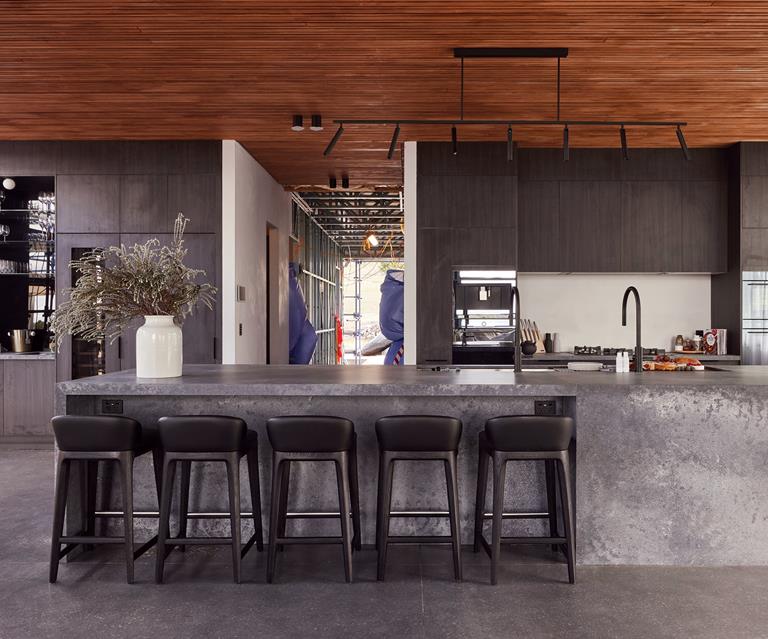
There are a number of reasons why NO ONE completes renovations like this in the real world.
Obviously, if you’re not even in lock up stage, there’s a huge risk that your finished room could get damaged from the elements or items stolen.
More than that, it’s more cost effective to complete things in stages. Like for example, all bathrooms at the same time so you can keep the same waterproofer, plumber, and tiler on site at once rather than coming back and forth.
Then there’s also the consideration that this keeps your job site clean. When everything is completed at the same rate, there isn’t as much risk of completed items getting damaged.
Planning Permits
If you know anyone who has ever done a renovation, they’ve likely mentioned something like planning and building permits or in NSW, a CDC or a DA. And they probably also mention how much time they take.
All planning permits go through local council. And local councils are notorious for taking long periods of time, not to mention requiring a lot of paperwork. There’s also usually a lot of other people involved, including architects, draftspersons, certifiers, and notifying the neighbours.
Now, “The Block” does purchase the blocks of land well in advance of the show’s taping. However, we’re talking months, not years and with the scale of their additions and renovations, most councils would require this level to take at minimum one year.
When were the 2023 houses reportedly bought? Between June 29 and July 1 2022. Filming began in March 2023. If you do the math, that means they got a building permit for five different houses with second storey additions and external studios approved in 8 months. And that’s without even accounting for the time it would take for the architect to design & draw up plans.
Clearly “The Block” and Channel 9 have some sway. Regular homeowners going through the permit process typically find it to take much longer and a little rocky, often needing to make changes before getting the final approval.
The Selling Strategy
Now I want to address the real estate portion of the show since this is ultimately the end goal – to sell all 5 houses well above reserve.
First, let me address that listing 5 comparable houses on the same day is a terrible strategy. There are only so many buyers in a market at the same time. If you’re a seller, any similar house is your competition.
Effectively “The Block” has created their own competition. Not only that, they choose to auction all 5 houses on the same day.
Sure, there is a case that if a buyer misses out on one house, they’ll bid on another. However, that’s not necessarily the reality.
In last year’s auction, we saw how one bidder battled it out for House 5, which ultimately sold for $1,586,666.66 above reserve. After that auction? That bidder walked away, leaving the rest of the houses to essentially sell to Danny or get passed in.
Here’s the thing: buyers get emotional appeal. And they may get attached to a house and once they lose at auction, they’re too emotional to consider going for (and potentially losing) on another house.
Plus, the auction order can greatly affect the results.
We’ve actually seen how much the auction order matters in the last 2 seasons especially. If you don’t know what I’m referring to, each season the winning team (by cumulative points) has been able to choose which order the houses are auctioned off (rather than 1, 2, 3, 4, 5).
It might not seem important to viewers, however, think about this – say House 1 goes first but a buyer’s first choice is House 2, which gets auctioned second. That buyer isn’t going to bid on House 1. However, if House 2 had gone first and the buyer lost, they may have potentially bid on House 1. This happened in Season 17, and House 2 was actually the winner.
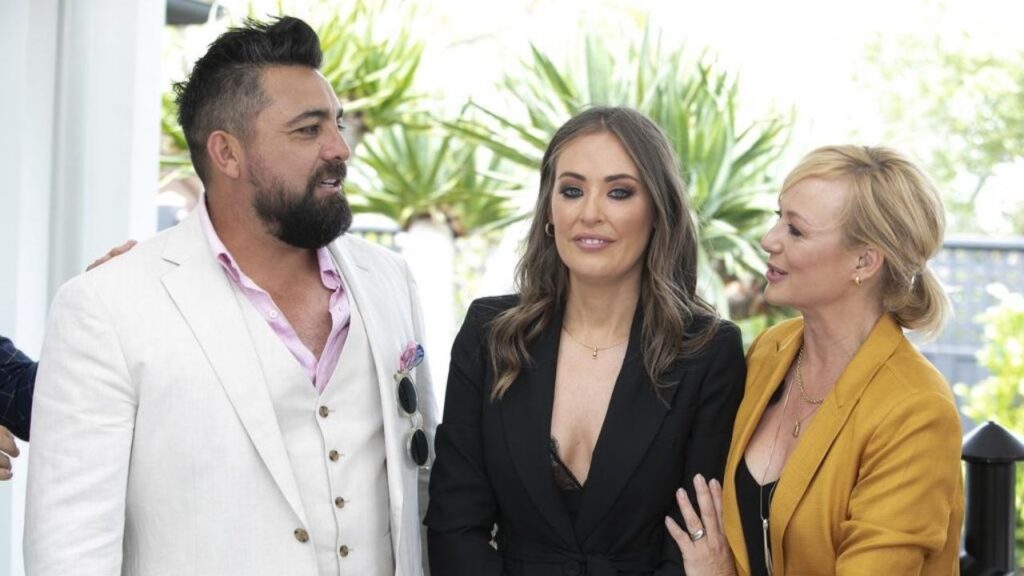
You can see that there are a lot of nuances to this selling strategy. And honestly, it’s unnecessarily complicated. That’s why in the real world you’ll typically see agents scheduling auctions for competing properties on different days.
Reserve Prices
The other thing that needs to be addressed is the reserve prices and selling above reserve. If you don’t know, sellers set a reserve price on the day of the auction. This is a number that once hit, means they will sell the property that day.
In theory, it should be a number within the agent’s quoted price guide. There are actually quite a few issues with this and the term “underquoting”, which means the home sells for well over the price guide. There could be a number of reasons for this and they’re not always for bad reasons.
In worse cases, the agent has quoted a lower (unrealistic) number to attract more buyers and then push the number higher. That’s when underquoting tends to cause a lot of issues and there’s actually a lot of regulation about this.
I want to make this distinction because in the real world, the selling price shouldn’t be going too much over the reserve price. However, that’s the only way the contestants make any money.
Sure, there are unforeseen instances where a house outperforms all it’s comparable sales. But other times, this can be violating underquoting regulations. And in the case of last year’s winner who went $1.5 million+ over the reserve price, that would be a serious violation.
What IS reality
Ok, now that I’ve lifted the curtain to what’s all TV magic, let’s show you what actually is reality. And it may surprise you that there is a fair bit that is actually realistic.
Living in a Renovation isn’t Glamorous
On “The Block”, the contestants live on site for the duration of the renovation. They often depict contestants in sleeping bags and living off of McDonald’s until bedrooms and kitchens get complete. In one season, a contestant mentioned there wasn’t any hot water in the showers.
First of all, it’s not a requirement for any homeowner to live through a renovation. However, due to the cost considerations of moving, some homeowners choose to stay. And while most aren’t doing a full house renovation, there’s usually some kind of inconvenience – whether that’s losing the ability to cook or having the whole family share one bathroom while another is being renovated.
Then, on top of that, there’s often a lot of a dust and dirt (& mud, hello 2022’s season!). And of course the noise. Tradies typically like to start at 7am so that usually means an early rise for renovators.
The Emotional Toll of Renovations
When you see the finished product of renovations, it’s easy to forget all the work and stress that went into it. Unfortunately, things often go wrong.
Whether you find asbestos or maybe work needs to be redone, it’s not going to be smooth sailing. Plus, you add in the financial stress, which for many people is quite significant.
Often, there will be tears and maybe a few breakdowns at Bunnings.
Thankfully, the show doesn’t gloss over this part. However, they do also show the upside – beautiful finished products and happy people.
Unexpected Challenges
Like I just mentioned, there are often things that can go wrong. Not only can there be surprises as you’re renovating and opening up walls, but there’s also building codes that need to be adhered to. Sometimes this means having to make a design change or shelling out extra money.
In real life, flexibility and adaptability are key traits to have in a renovation. Plus, a contingency budget (like 15% saved away) can help ease some of the stress of the surprises.
Financial Considerations
Which brings us to money. I know I said that the show’s budgets aren’t realistic, however what IS realistic is being number conscious.
Whether you have a small budget like $10,000 or maybe even a large budget of a $1 million, you need to track where every dollar will be spent – before it’s spent. Otherwise, you could find yourself at the end of the project and needing to oh, actually furnish your home, and discover you have no money.
Also, as a homeowner embarking on a renovation, you also have to be realistic about what you can actually spend. It’s not just about how much money you have. It’s what you’re comfortable spending (i.e. do you need a certain amount of savings left over for other things) as well as building in a contingency for any surprises.
Licenced Trades and Building Codes
Here’s another thing that seems to be real on “The Block” – all trades are licenced and everything is done to code (at least in recent seasons). Keith and Dan and often featured approving steps in the process (see: Waterproof Wednesday) to make sure everything is done properly.
In real life renovations, it’s also important to check that trades are licenced – you can actually look this up. In NSW, you can use this website to check. You can even check that they’re insured and if they’ve ever had any claims. Otherwise, you can ask the trade directly for a copy of their insurance.
As for building codes, your builder should be checking all work. If you have a certifier, they’ll be doing the same.
The Selling Process
While the strategy isn’t exactly real, the depiction of the auction process is actually pretty spot on.
In Australia, many homes choose to go to a public auction where any registered bidder can bid on the property – and purchase. Many buyers like this because it offers complete transparency. You know exactly what every other bidder is offering to pay.
The show utilises this strategy to auction all 5 homes on one day, back to back. A reserve price is set and once that number is hit the property will sell that day.
In an ideal world (on both “The Block” and in real-life), you’ll have at least two bidders who meet the reserve and the property sells for a number the seller is happy with.
However, that’s not always the case and last year’s season actually showcased all the selling scenarios quite well.
- Sell at auction – House 5 (Omar & Oz)and House 1 (Tom & Sarah Jane) surpassed the reserve of $4.08 million and immediately sold.
- Passed in, sold day of – House 2 (Ryan & Rachel) stopped the auction prior to hitting the reserve number so that the auctioneer and real estate agent could privately negotiate with each bidder to sell the home. This strategy gives each buyer a best and final opportunity. The seller then has the option to accept or they can continue to market the property.
- Passed in, sold after the auction – House 3 (Ankur & Sharon) and House 4 (Dylan & Jenny). Both houses were able to find a buyer after the auction day. House 3, for example, was able to negotiate with a bidder who lost on another property. House 4 took longer to sell, continuing to market the property and eventually selling 3 months later for an undisclosed amount. This is a good strategy if you don’t feel that the buyer is present on the day of auction. It gives you the time to find the right buyer. Don’t be discouraged if this happens. House 3 sold for more after auction day than House 1 did at their auction.
Of course, there is also the option of a private sale, which also includes selling prior to auction. However, for vendors looking to sell at auction, this can be a good representation of how it works.
Conclusion
This popular reality show has undeniably captivated us with its drama, design inspiration, and the thrill of property transformations. Yet it’s important to remember that while “The Block” offers a glimpse into the world of renovations, it doesn’t always mirror real-life.
From budgets that don’t align to the magic of speedy makeovers, the show’s allure sometimes veers from the practicalities we encounter as homeowners and real estate professionals. However, it’s not all a glossy production and there is some reality.
All in all, I think it is an entertaining show. And as long as you watch with a grain of salt (aka don’t get TOO excited by the charcuterie fridge!), you can still learn a few things about the realities of renovating.
Oh, and if you’re looking to renovate to sell in the Sydney area – let’s chat. I can help you achieve your renovation dreams AND increase the value of your home without many of the headaches The Block contestants face.
Like this post? Pin it for later!
